Another great maverick of game design is put under the microscope: here is the life, career and philosophy of the volcanic Hideki Kamiya
We talked at length about Shigeru Miyamoto, Hideo Kojima, Yoshiaki Koizumi and Hironobu Sakaguchi, and among the greats of game design could not miss Hideki Kamiya. (Think of it as our way of wishing you happy mid-August!) Known for his peperino character and for his goliardic relationship with the fans, this designer took his first steps with Shinji Mikami in the Resident Evil series, to then reinterpret his dogmas in an action sauce with Devil May Cry. However, some of you will remember him for his most recent successful creature: the witch of Umbra, the irrepressible Bayonetta. In short, even today there is talk of a big name in the industry: let’s retrace its history and creative approach to video games. With all the style that comes with it.
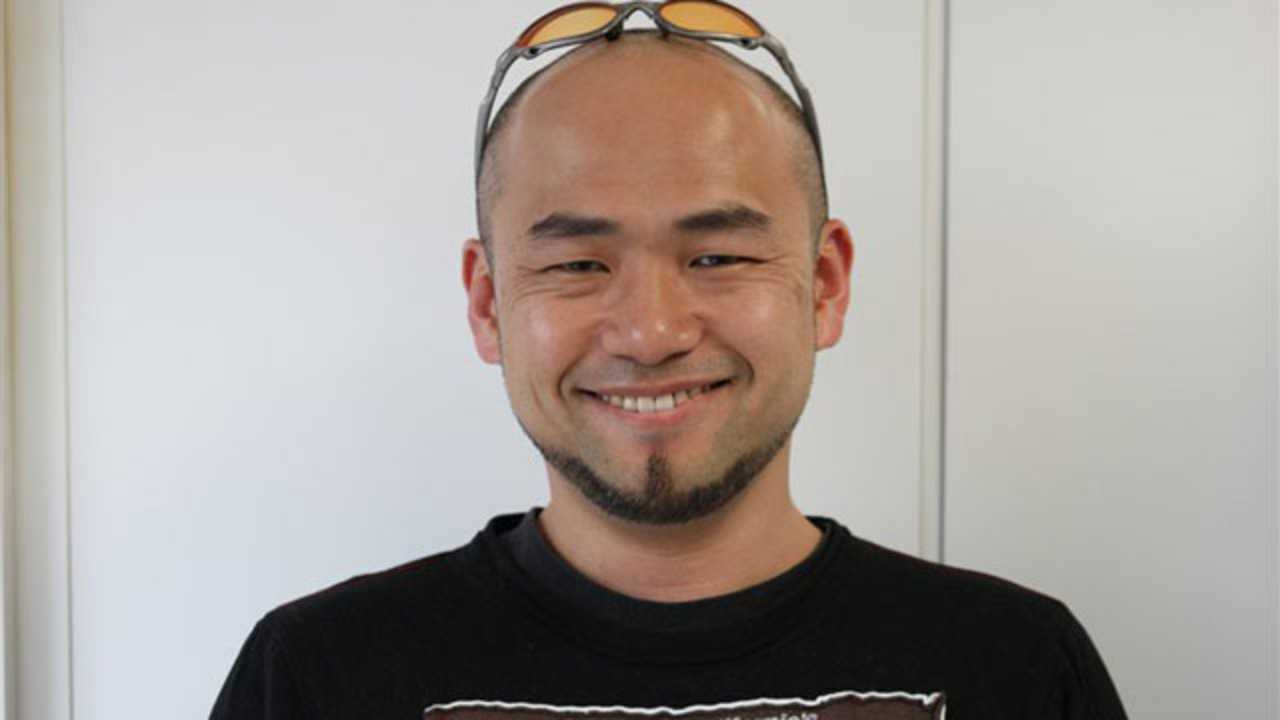
Cereza | Game design school with Hideki Kamiya
Hideki Kamiya nasce a Matsumoto, regione Chubu, il December 19, 1970: It wouldn’t be long before you admired game design from afar. In fact, already at an early age he was fascinated by videogames thanks to being invited to a neighbor’s house to play with theEpoch Cassette Vision. At first the infatuation was purely auditory, but that evolved when he bought a Famicom (NES) a few years later. His first title purchased was Nuts & Milk by Hudson Soft (Bomberman, Mario Party). He was supposed to study programming for the NEC PC-8801 he invested in in high school, but ended up playing it every day. His main muses in the years to come would be The Legend of Zelda: A Link to The Past and Gradius. His favorite action game is the former Castlevaniabut also love the crowd Space Harrier, plus other classics including the dear old Snatcher di Kojima.
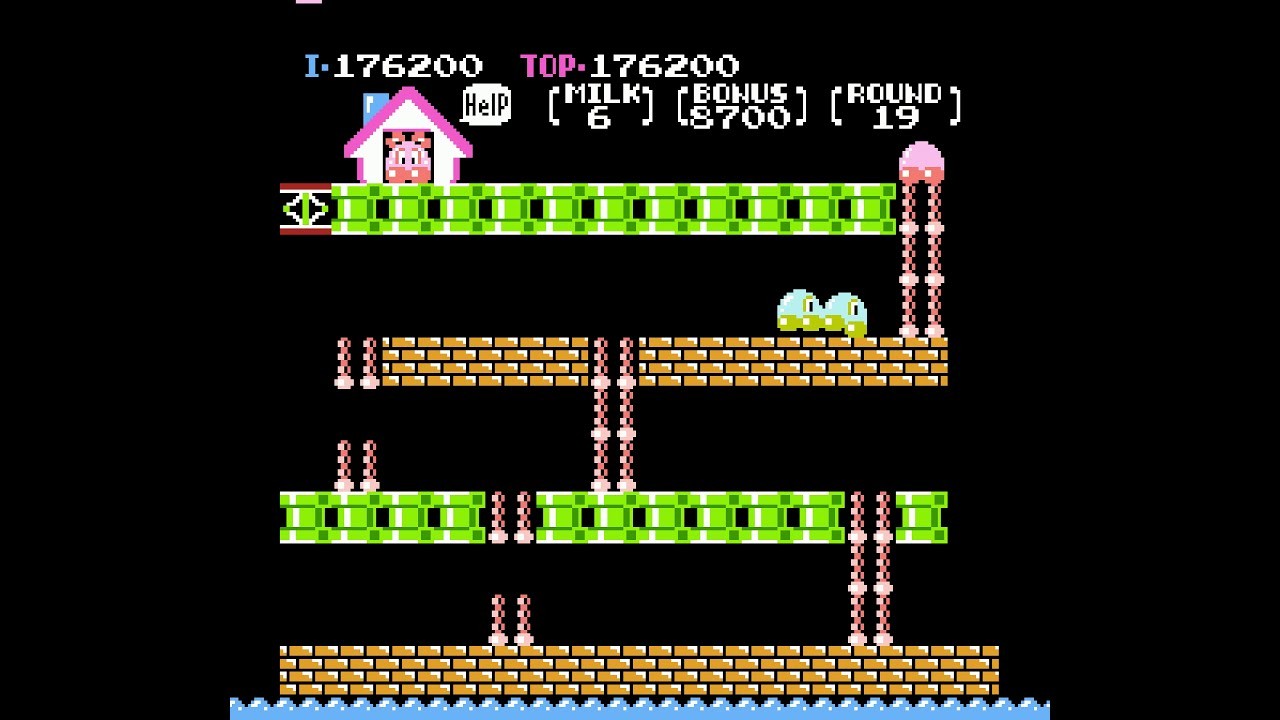
Goosebumps | Game design school with Hideki Kamiya
The turning point was with an interview by Family Computer Magazine: the transcript of the chat with Shigeru Miyamoto and Masanobu Endo convinces Kamiya to try the path of videogame development. After graduating from Kyorin University in Tokyo, he applies for a job: SEGA responds spades (ironically, Bayonetta being an IP of Sonic’s house), and Namco looks for an illustrator. He suits him better in 1994 with Capcomstarting with the planning of the first Resident Evil. The company puts him in charge of Studio 4, a division of between 40 and 50 employees, to develop Resident Evil 2, of which he is director. At first, Mikami and Kamiya clashed over the direction of the title; Mikami then took over as producer, only requiring to view the project once a month.
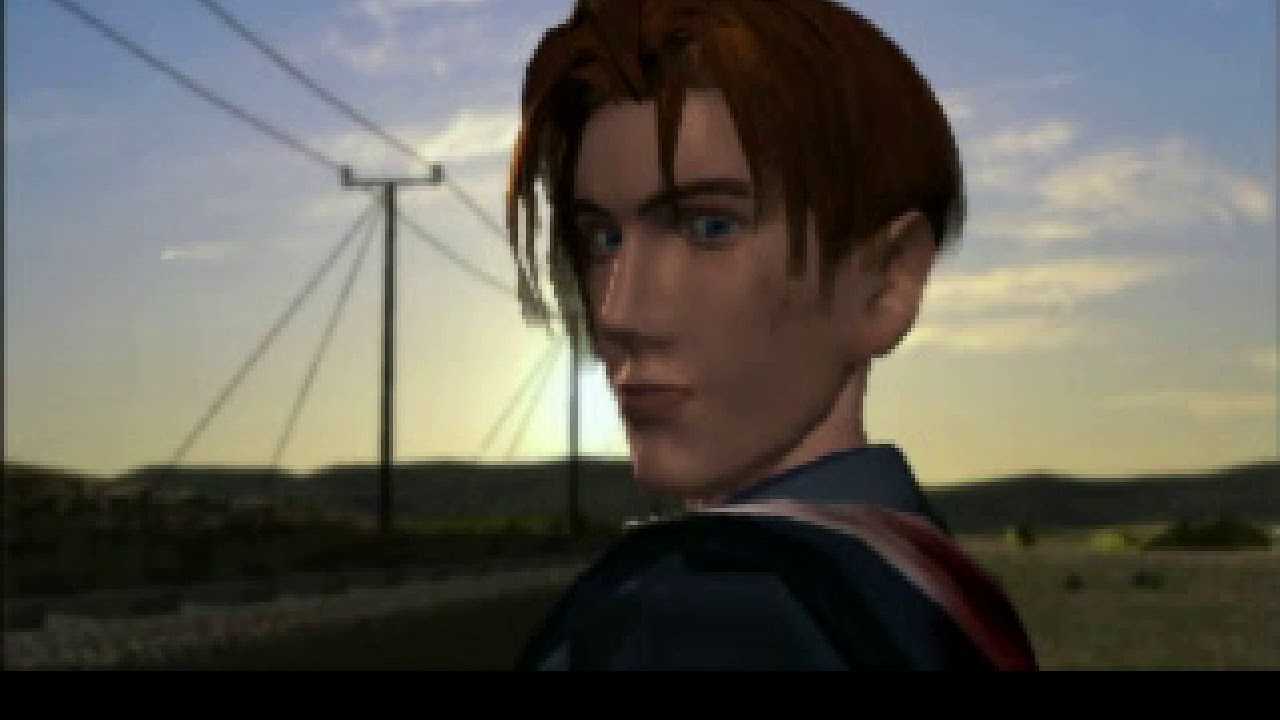
Devil’s Tears | Game design school with Hideki Kamiya
Kamiya’s Hollywood vision for Leon Kennedy’s debut didn’t sit well with Capcom’s Yoshiki Okamoto, who decided to leave script discussions to Shinji Mikami and Noburu Sugimura. Resident Evil 2’s delays led the development team to include a demo bundled with the re-release Director’s Cut of the predecessor. Years go by and it’s time to work on Resident Evil 4: Kamiya’s footprint is felt again, with the idea of creating a more stylish action game. Strangely, all of this happens with Mikami’s blessing. The protagonist Tony, whose superhuman cyborg organism hides a mystery to be discovered, has only one problem: he has nothing “cool” in battle. Taking its static shots from the era of Resident Evil 4, Kamiya and the others take a trip to Europe to draw inspiration from British and Spanish architecture. Then changing the protagonist with a certain Dante and the enemies into demons, the project also passes to the registry office: Devil May Cry comes out in November 2000.
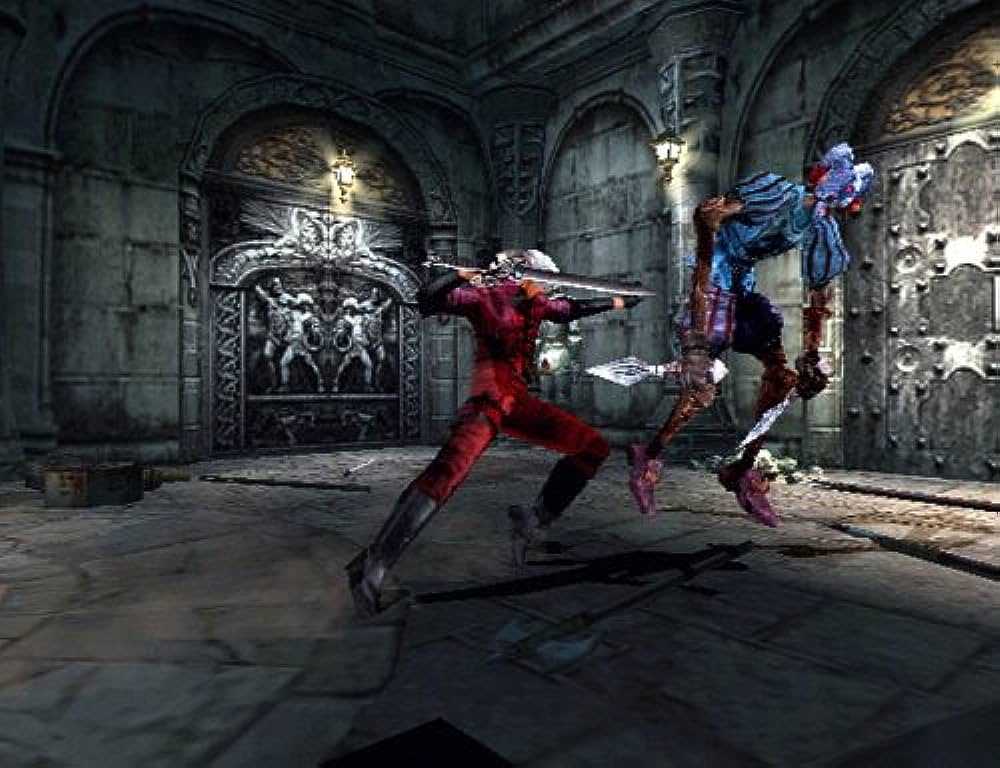
“Henshin-a-go-go, baby” and other stories | Game design school with Hideki Kamiya
Once the series was outlined, Capcom did not rely on Kamiya for subsequent Resident Evil. In tandem with Atsushi Inaba, the game designer opens the doors of Clover Studio with a more authorial project: the scrolling fighting game Viewtiful Joe. The title, after its debut on GameCube, also arrives on PS2 with the addition of Dante as a playable character (without that “featuring Dante from the Devil May Cry series” which has become immortal as a meme; it’s another game). Meanwhile, Kamiya works on a tech demo in which a wolf runs through the forest, leaving freshly blooming flowers behind. The initial prototype of this new title, according to Kamiya himself, was “tremendously boring to play”. However, with the addition of innovative gameplay elements such as real-time background drawing, the mixture of action and puzzles of Eyes has been able to captivate an abundant niche of fans.

Wii U Platinum | Game design school with Hideki Kamiya
With initial name Seeds, Inc. August 1, 2006 Hideki Kamiya founded PlatinumGames with Atsushi Inaba and Shinji Mikami. Two years later, the development team announces a deal with SEGA for four titles, starting with Bayonettaspiritual heir to Devil May Cry for PS3 and Xbox 360. However, the flop (in terms of sales only) of the game put the future of the series in doubt, making Nintendo the only publisher interested in funding a sequel. Meanwhile, PlatinumGames publishes The Wonderful 101 on Wii U (console to which Bayonetta 2 owes its exclusivity). Fulfilling Kamiya’s secret dream, the union with the Big N also leads to Star Fox Zero (and the “little brother” Star Fox Guard). The English voice actress of Bayonetta, Hellena Taylor, tarnished Kamiya’s name by calling the $4,000 offered to voice the witch in the third chapter “an insult”; it was later revealed to be a cameo following unsuccessful negotiations for higher fees for the lead role, but the damage was done and Kamiya temporarily shut down the Twitter account.
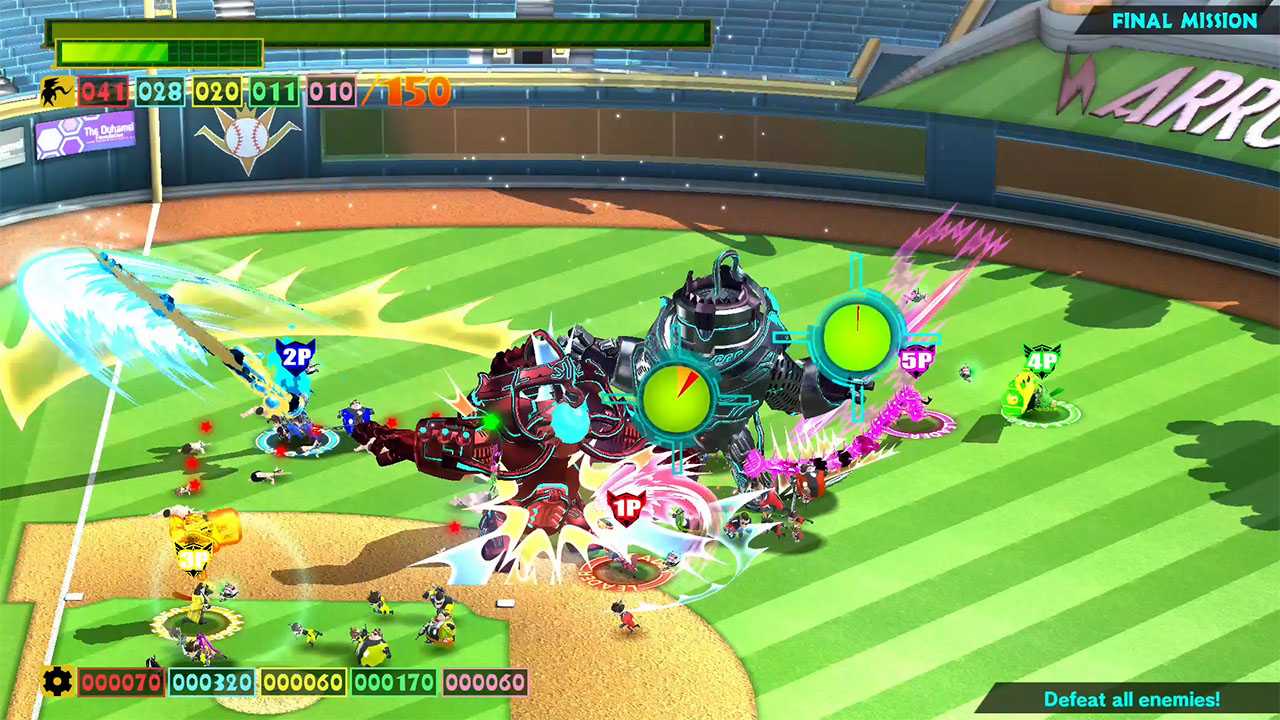
“To the idiots of tuttotek: I LOVE YOU!” | Game design school with Hideki Kamiya
Already, Twitter (um, we mean X, sorry Elon). We defined the relationship between Kamiya and the fans as goliardic, but maybe that’s an understatement. Those who met him in person found him affable and chatty, but not those who had to deal with him on social media. Despite its contradictions in this regard, it tends to be especially belligerent with those who do not reply in Japanese to his posts, including those already written in English. Being blocked on Twitter by Kamiya has become a meme among fans, to the point that being blocked or unblocked by him has become one of the rewards during the Kickstarter campaign for The Wonderful 101: Remastered. Kamiya is aware of internet memes and rumors, to the point of mentioning web culture first (“I can’t tell you, or the Kyoto ninjas will tear me apart!”). Not to mention his legendary farewell: “To all the idiots of [X]I LOVE YOU!”, formula made famous for every dream come true (below with the announcement of Bayonetta in Smash).
To Sakurai
and
all Smash idiots:
I LOVE YOU.
— Hideki Kamiya (@PG_kamiya) December 15, 2015
Stylish | Game design school with Hideki Kamiya
Lo stile of Kamiya in terms of game design is easily recognizable. All of his games usually revolve around the action in such a way as to delineate the decisive character of their protagonist. For each completed scenario, you are evaluated. More often than not, the gameplay totally changes for pay homage old arcade strands, one above all that of shoot-em-up. Just as often, there is a rival to deal with. The characters, from the names to the story, allude to classical mythology and to oriental pop culture. I menu recall those of Resident Evil. The boss fight, then, are always epic. THE final boss they have more and more phases. THE quick time event they never fail. Just as there is no shortage of moves to unlock. The narrative universe of each series is full of details about backstory. The games pay homage to each other with rivers of quotes. And the replayability it really depends on the expandable movesets. Come to think of it, what Kamiya game didn’t we just describe?
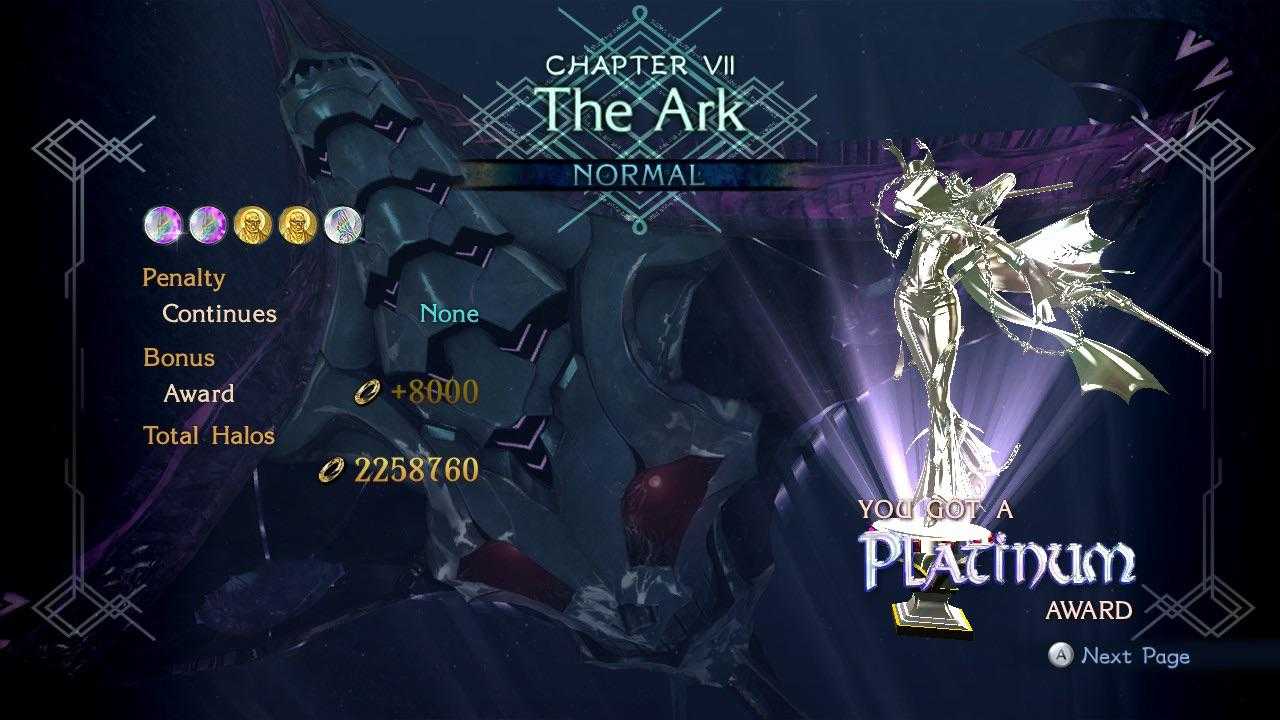
Tomorrow is mine
It is not yet known what is in the future of Hideki Kamiya, in addition to a recent past in game design with an unrepentant mold in its pure authorship. We loved digressions from the most famous IPs with Astral Chain on Nintendo Switch, but Kamiya is not only that. His work of videogame archeology to give Terra Cresta an unexpected sequel with sun crest says everything you need to know about his personal kyokan: paying homage to the greats of the past to shape the future of our favorite medium. It remains unknown what would have become of Scalebound or what Project GG consists of, the conceptual finale of the superhero trilogy of Viewtiful Joe and The Wonderful 101. But if with Kojima and Sakaguchi we have seen the cinematic elevation of the video game to clear it, Koizumi and Kamiya they remember where the beating heart of the medium resides: in the sane, delirious and inimitable fun every second.
Now it’s up to you to tell us yours: would you have preferred a special on Shinji Mikami earlier? Let us know below, and as always, don’t forget to stay on techgameworld.com for all the most important news for gamers and more. For your purely gaming needs, you can instead find the best discounts in digital format on Kinguin.







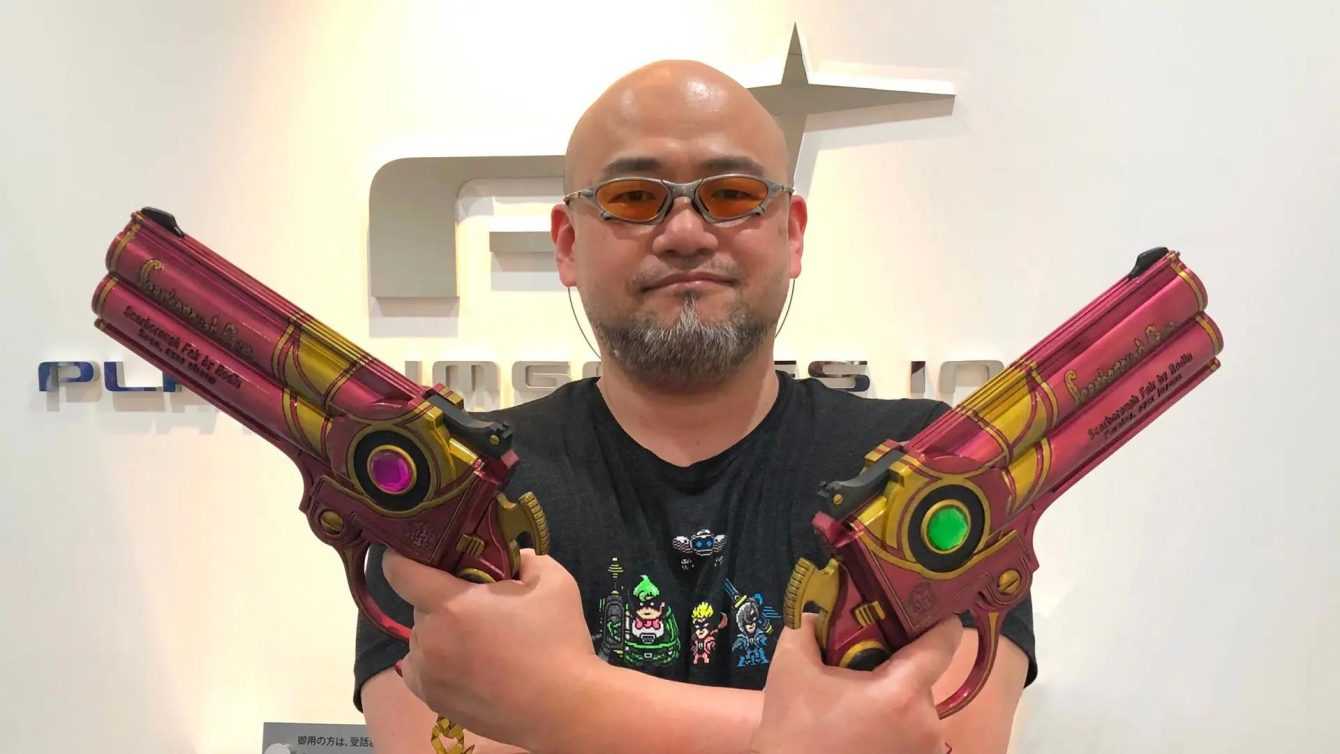





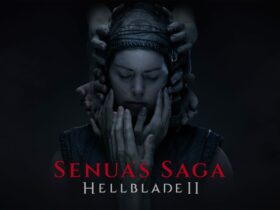

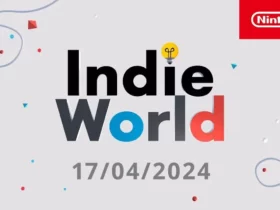
Leave a Reply
View Comments